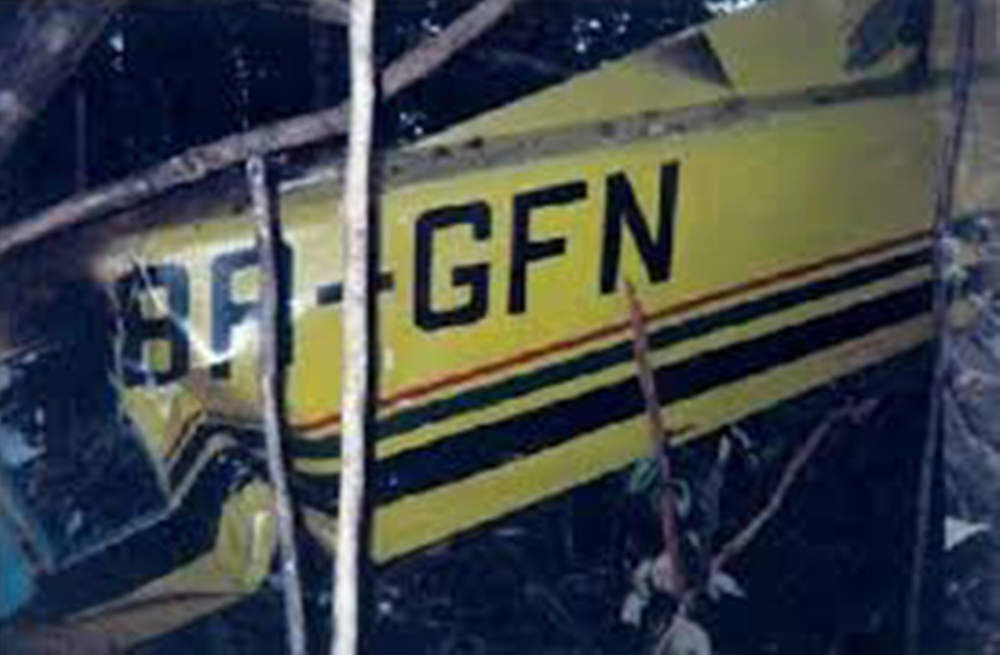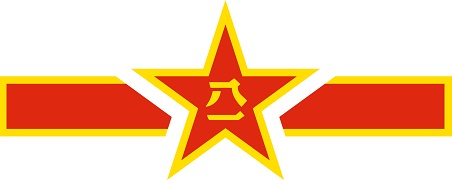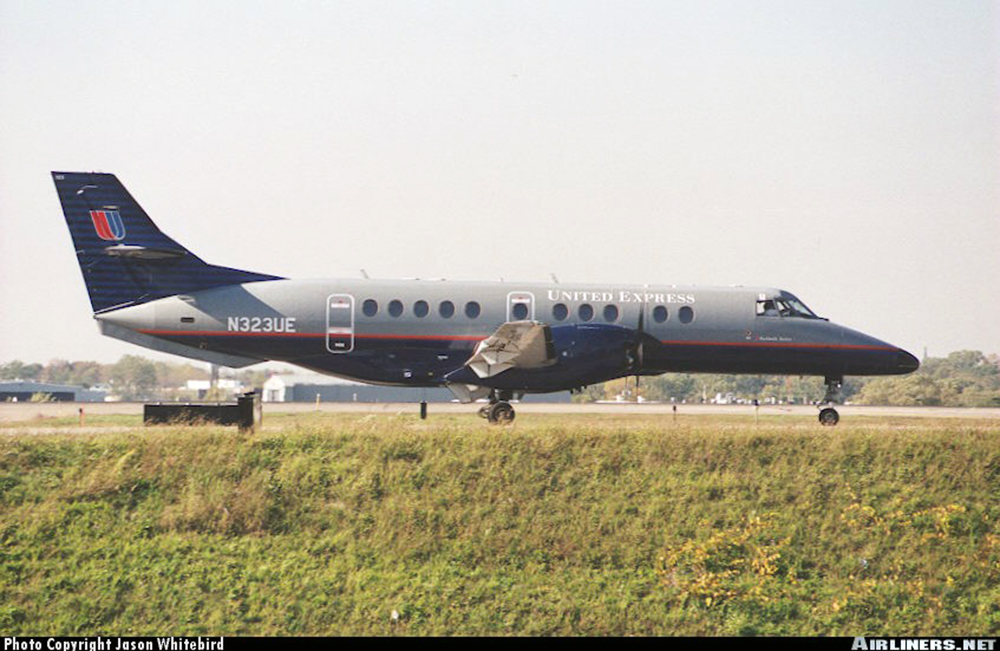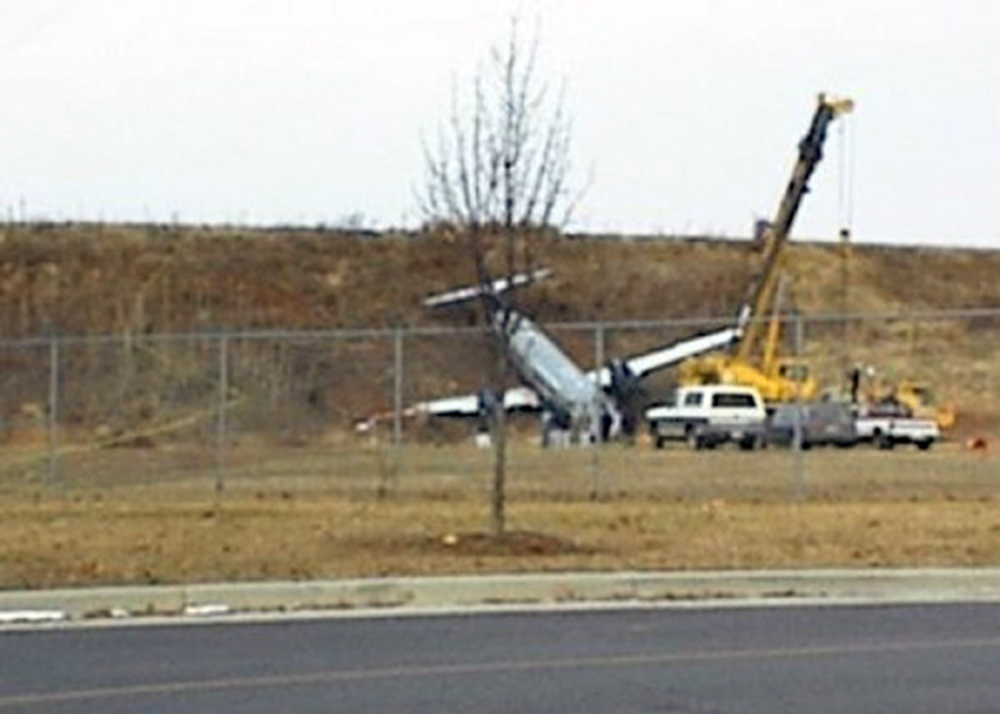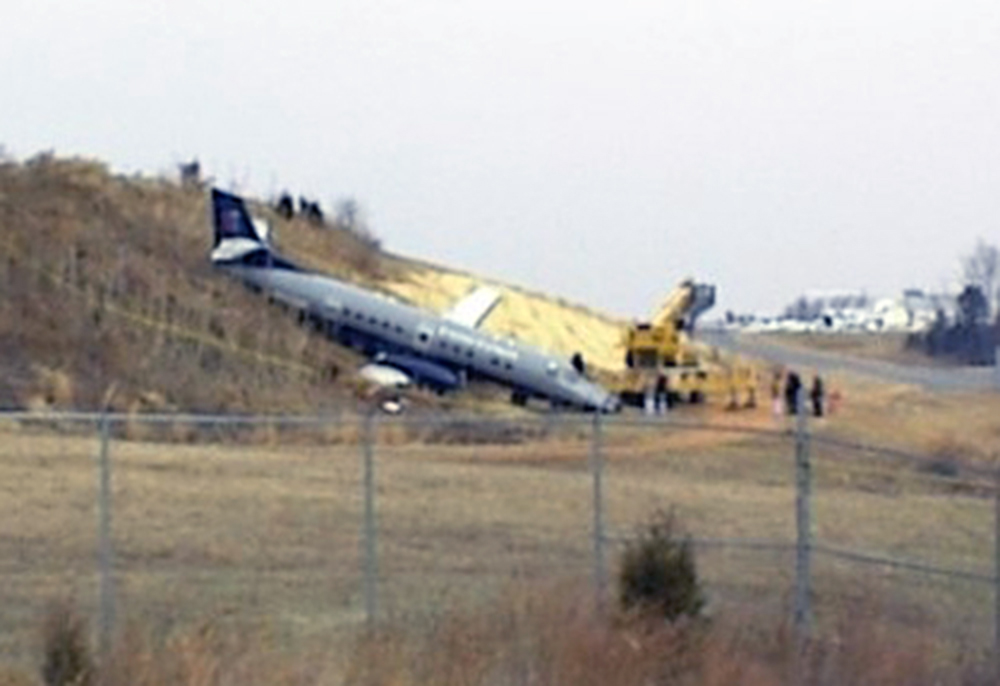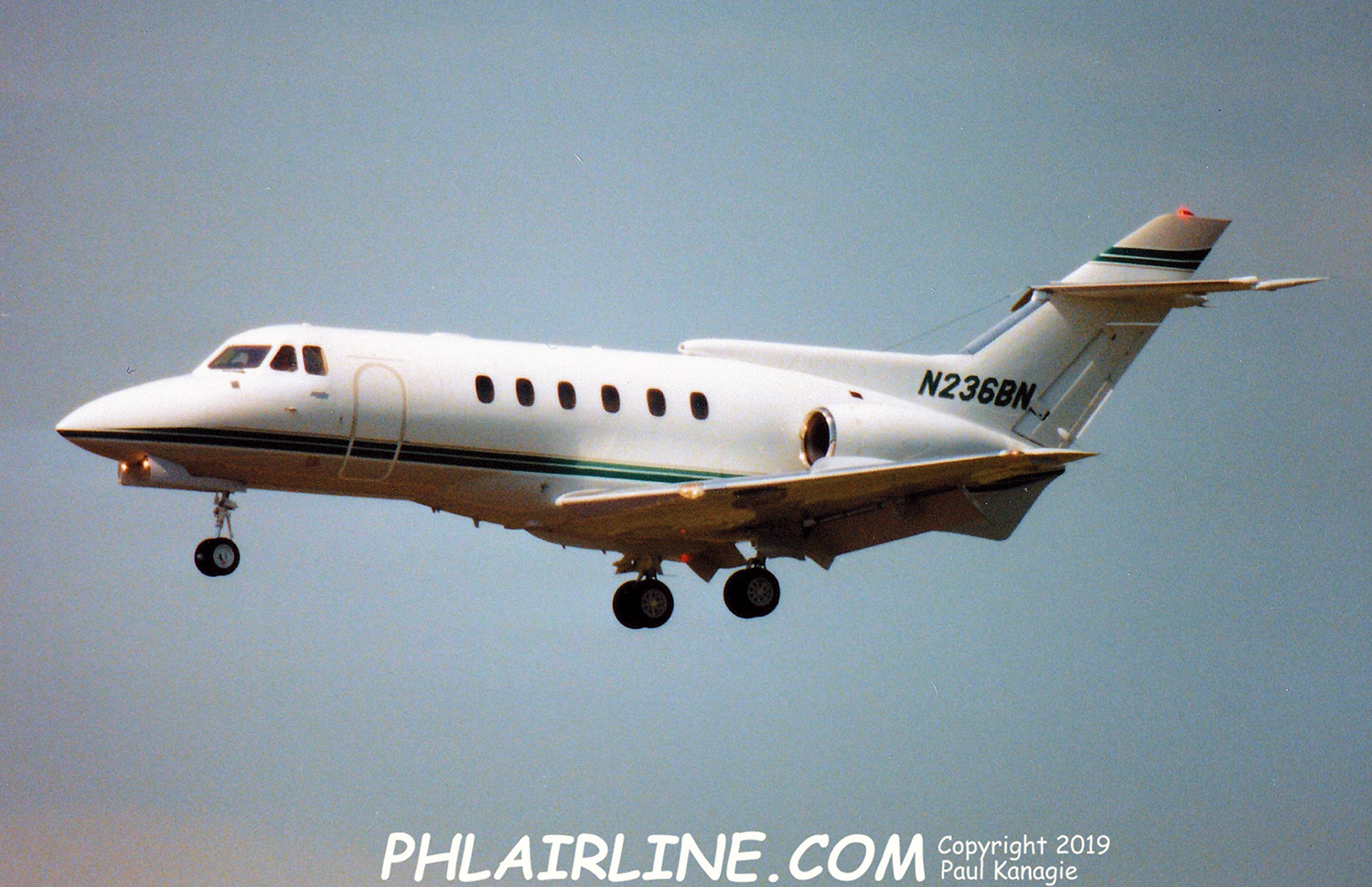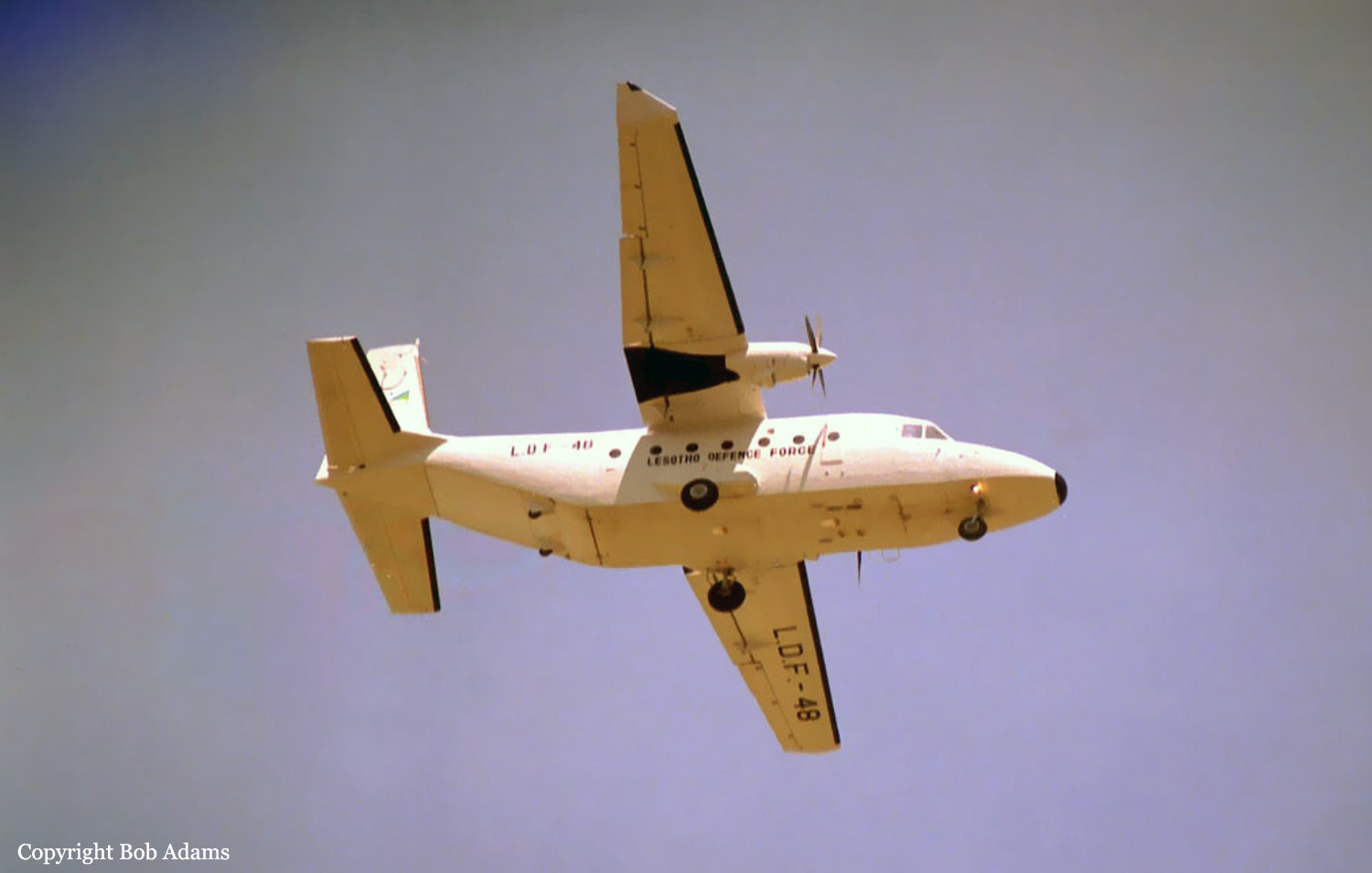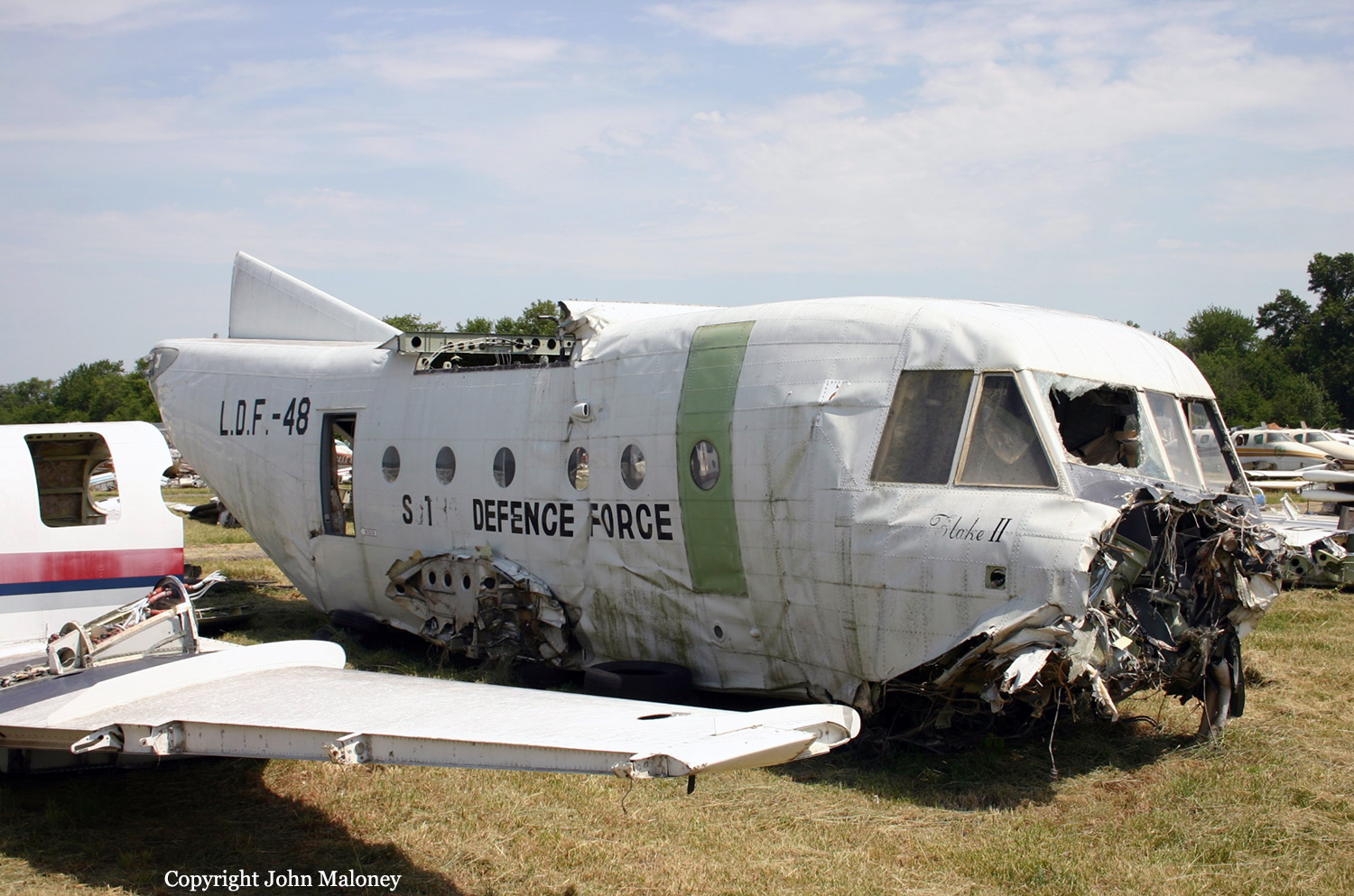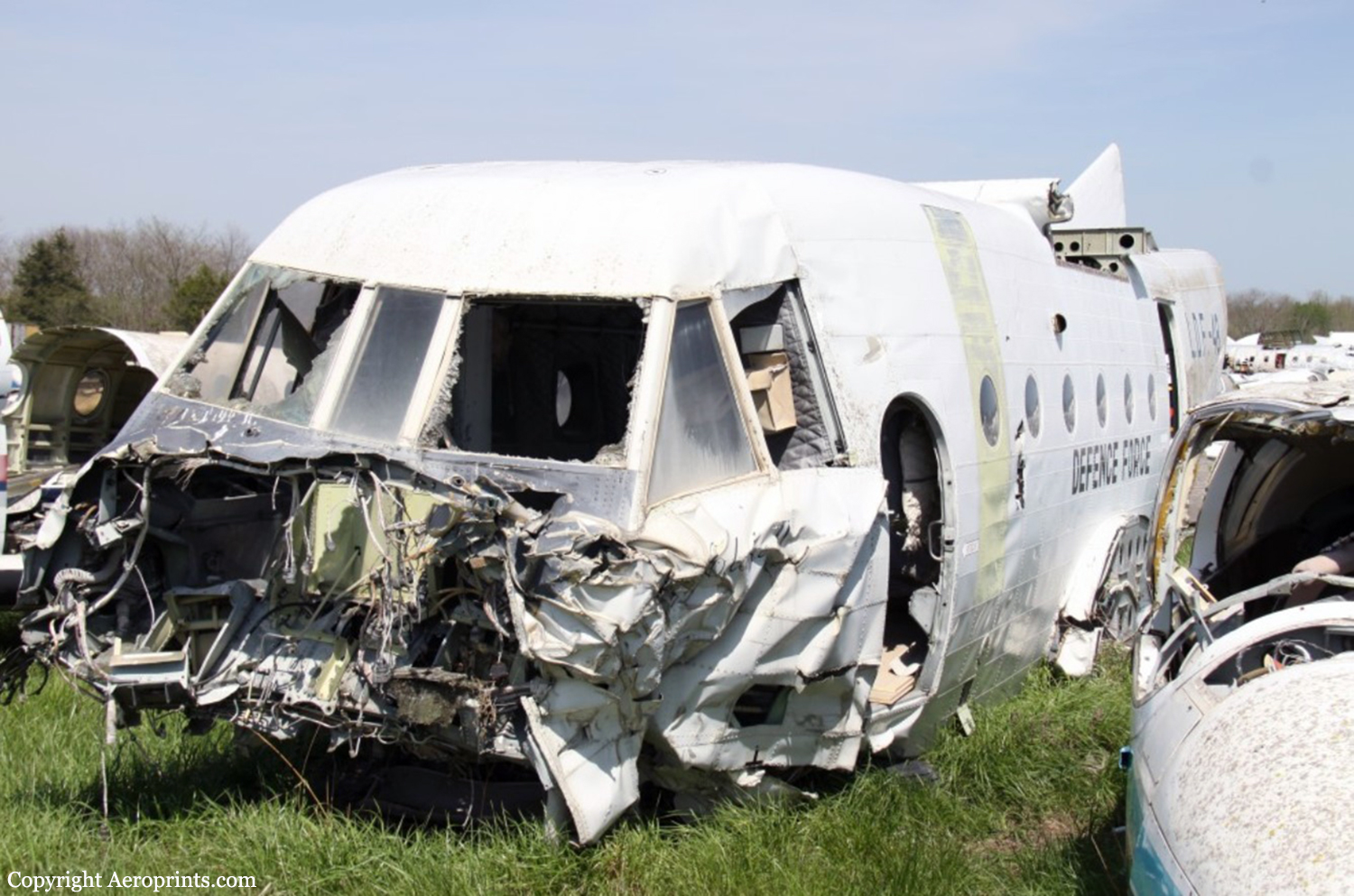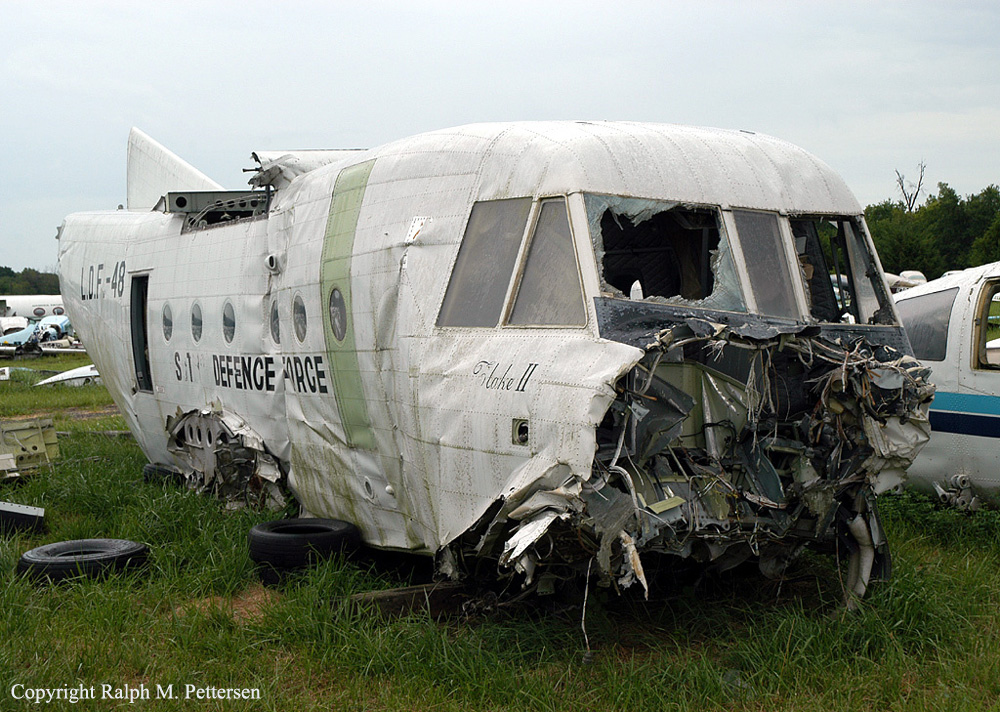Crash of an IAI Arava 201 in Palacios
Date & Time:
Jan 9, 2001
Registration:
316
Survivors:
Yes
MSN:
31
YOM:
1976
Crew on board:
2
Crew fatalities:
Pax on board:
0
Pax fatalities:
Other fatalities:
Total fatalities:
0
Circumstances:
The crew completed the approach with a 13 knots tailwind component and landed too far down the runway, about half runway down. Unable to stop within the remaining distance, the aircraft overran and came to rest few dozen metres further. Both pilots escaped uninjured while the aircraft was damaged beyond repair.



